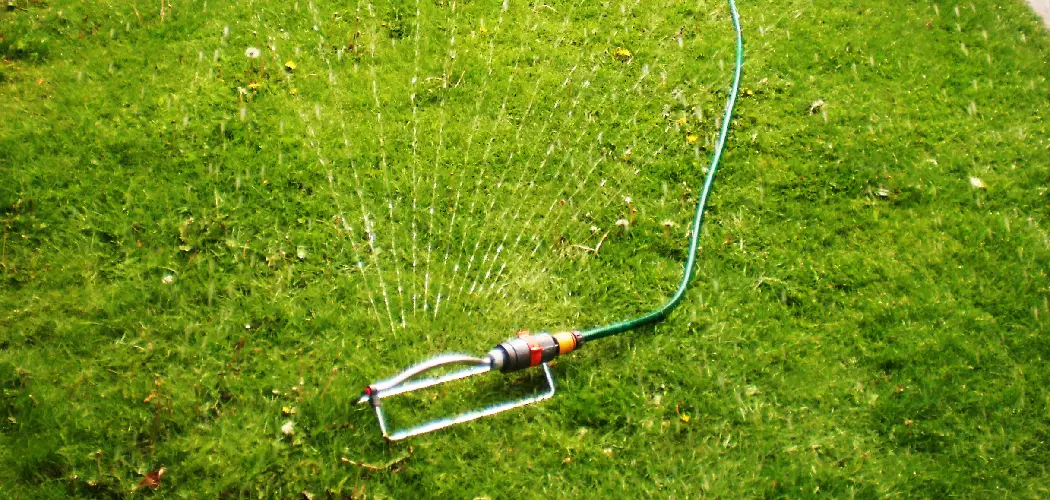An oscillating sprinkler is a popular choice for efficiently watering lawns and gardens, as it can cover a wide area and deliver a steady stream of water. However, like any garden equipment, these sprinklers can encounter issues that disrupt their operation. Whether it’s uneven watering patterns, reduced pressure, or complete failure to oscillate, understanding how to diagnose and fix these problems is essential for maintaining a healthy garden.
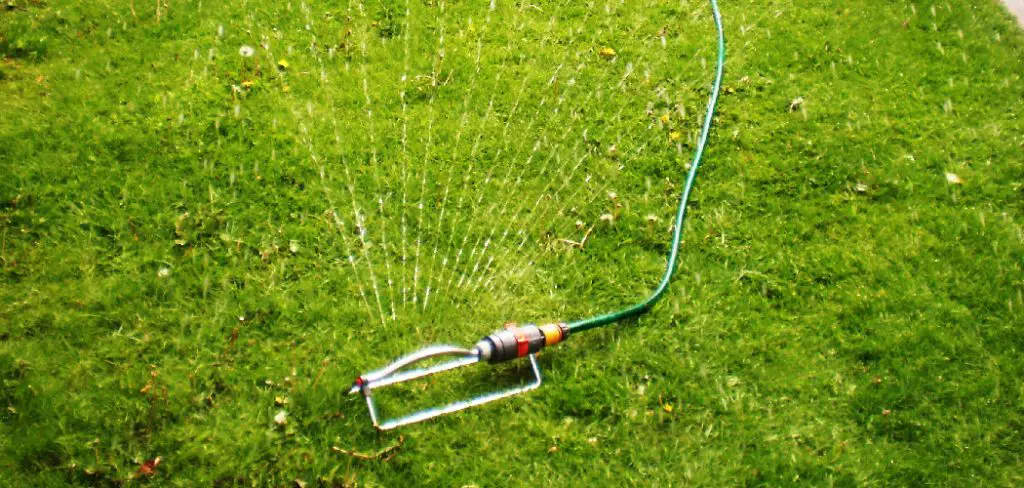
In this guide, we will explore common issues with oscillating sprinklers and provide step-by-step instructions on how to fix an oscillating sprinkler to proper working condition.
Importance of Timely Repair
Timely repair of an oscillating sprinkler is crucial for several reasons. First and foremost, prompt attention to malfunctions ensures that your lawn or garden receives adequate water, preventing stress and damage to plants during dry periods. Neglecting minor issues can lead to more significant problems, such as increased water waste or expensive replacements, as components wear down over time.
Additionally, maintaining your sprinkler in good working order can enhance its efficiency, leading to more uniform watering and healthier growth. Regular checks and timely repairs not only save money but also promote a thriving environment for your plants.
10 Methods How to Fix an Oscillating Sprinkler
1. Check for Clogs in the Nozzles
One of the most common problems with oscillating sprinklers is clogged nozzles, which can lead to uneven water distribution or weak water pressure. Dirt, debris, or hard water minerals can accumulate in the tiny holes of the sprinkler, blocking water flow. To fix this, disconnect the sprinkler from the hose and inspect the nozzles.
You can use a thin wire or a small brush to clear the holes of any obstructions. For more thorough cleaning, soak the nozzles in a solution of vinegar and water to dissolve any mineral deposits. Once the nozzles are clean, reattach the sprinkler and test the water flow to ensure even spraying.
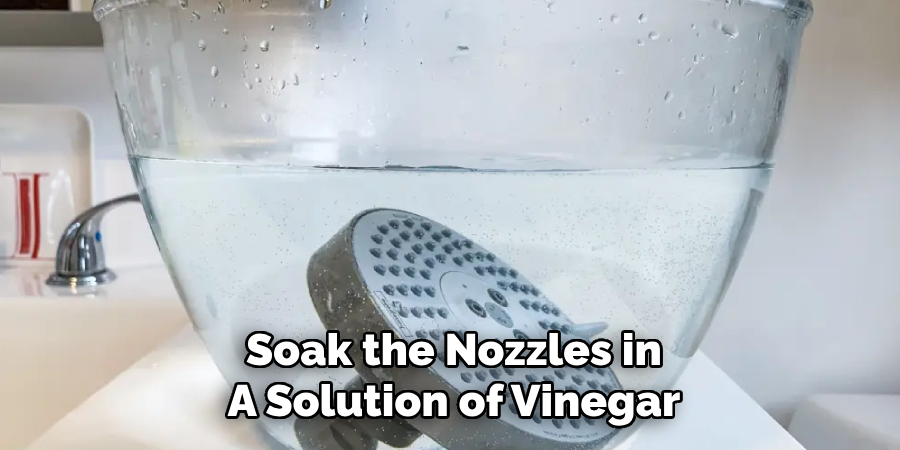
2. Adjust the Water Pressure
Low water pressure can affect how well your oscillating sprinkler works, often leading to limited oscillation or poor coverage. If your sprinkler is not moving back and forth as it should, the water pressure may be too low. Check the water pressure coming from the hose by turning the faucet fully open and ensuring that there are no kinks or obstructions in the hose. If the pressure is still insufficient, try using a shorter hose or one with a larger diameter, as long hoses or narrow hoses can reduce water flow. Increasing the pressure should help the sprinkler oscillate properly.
3. Lubricate the Moving Parts
Over time, the moving parts of an oscillating sprinkler can become stiff or stuck due to dirt, rust, or lack of lubrication. The oscillation mechanism, which moves the sprinkler arm back and forth, relies on gears and pivots that need to move freely for smooth operation. To fix this, disassemble the sprinkler (if possible) and apply a small amount of lubricant, such as silicone spray or a household lubricant, to the gears and pivot points.
Make sure to avoid using oil-based lubricants, as they can attract dirt and cause further issues. Once lubricated, reassemble the sprinkler and test its oscillation to see if it moves more smoothly.
4. Examine and Repair the Oscillating Arm
The oscillating arm is the key component that controls the back-and-forth movement of the sprinkler. If the arm is not oscillating or moving erratically, it may be bent, damaged, or misaligned. Start by checking the arm for any visible signs of damage or obstructions that could be preventing it from moving freely.
If the arm is bent, carefully bend it back into shape using pliers. If the arm is broken, you may need to replace it or take the sprinkler to a professional for repair. Ensuring that the oscillating arm is in good condition is crucial for smooth and even water distribution.
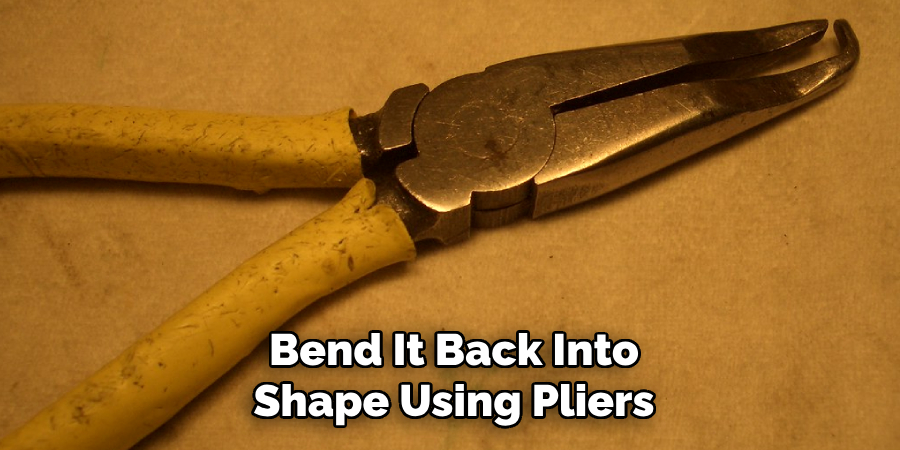
5. Clean or Replace the Filter
Most oscillating sprinklers have a small filter where the hose connects to the sprinkler, designed to prevent debris from entering the sprinkler mechanism. Over time, this filter can become clogged with dirt, sand, or other particles, restricting water flow and affecting the performance of the sprinkler. To fix this, disconnect the hose and remove the filter.
Rinse it thoroughly under running water to clear any debris, or soak it in a vinegar solution to remove mineral deposits. If the filter is too damaged or clogged, it’s best to replace it with a new one. Reattach the filter and test the sprinkler to see if water flow has improved.
6. Inspect the Water Connection for Leaks
Leaks in the hose connection or at the base of the sprinkler can reduce water pressure and affect the sprinkler’s performance. If you notice water pooling around the sprinkler or the hose connection, inspect the connection for any loose fittings or worn-out seals. Tighten any loose connections, and if necessary, replace worn-out washers or O-rings that may be causing the leak.
Properly sealed connections ensure that all the water goes through the sprinkler, improving pressure and oscillation. After repairing any leaks, test the sprinkler to confirm that it is operating as expected.
7. Replace Worn Gears or Bearings
The internal gears and bearings in an oscillating sprinkler are responsible for driving the movement of the sprinkler arm. Over time, these components can wear out, leading to slow or jerky oscillation. If the gears or bearings are damaged, the sprinkler may not move at all. Disassemble the sprinkler to access the internal components and check for any worn or damaged parts.
If you find worn gears or bearings, you can purchase replacement parts from a hardware store or the sprinkler’s manufacturer. Replacing these parts can restore the smooth oscillation of the sprinkler, ensuring it covers the entire area evenly.
8. Check for Blockages in the Water Inlet
The water inlet, where the hose connects to the sprinkler, can sometimes become blocked by debris, reducing water flow and preventing the sprinkler from oscillating correctly. Disconnect the hose and inspect the inlet for any dirt, grass, or small stones that may have entered the sprinkler. Use a brush or a small tool to clear the blockage, and rinse the inlet with water to ensure it is clean. Once the inlet is clear, reconnect the hose and test the sprinkler to see if the water flow and oscillation have improved.
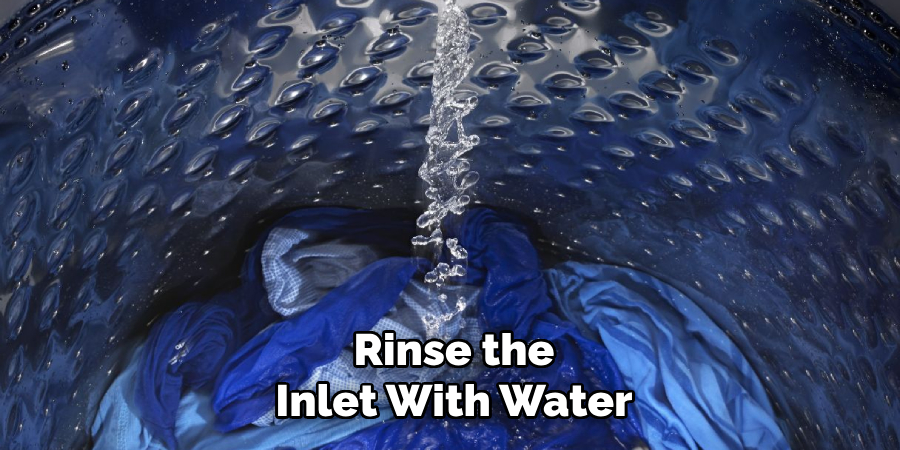
9. Test the Oscillation Mechanism
If the sprinkler’s oscillation mechanism is faulty, it may not move properly even when water pressure is adequate. To test the mechanism, manually move the sprinkler arm back and forth to check for any resistance or sticking points. If the mechanism feels stiff or doesn’t move smoothly, it could be due to a build-up of dirt or rust inside the sprinkler.
Disassemble the sprinkler and clean the internal parts with a soft brush and mild detergent to remove any debris. Once clean, lubricate the moving parts and reassemble the sprinkler. Test the oscillation to ensure that it moves freely.
10. Replace the Sprinkler Head
In some cases, the sprinkler head itself may be worn out or damaged beyond repair. If none of the other troubleshooting methods restore the performance of your oscillating sprinkler, it may be time to replace the entire sprinkler head. Over time, constant exposure to water, sunlight, and outdoor elements can cause the plastic or metal components of the sprinkler head to degrade, leading to leaks, poor water flow, or malfunctioning oscillation.
Replacing the head with a new one can breathe new life into your sprinkler and ensure that it works efficiently. Make sure to choose a replacement head that is compatible with your sprinkler system.
Things to Consider When Maintaining Your Oscillating Sprinkler
- Frequency of Use: Consider how often you use your sprinkler throughout the season. Regular maintenance is essential if you frequently rely on it for watering your garden or lawn.
- Environmental Factors: Weather conditions can impact your sprinkler’s performance. Dust, dirt, and natural debris may accumulate more quickly in dry and windy conditions, necessitating more frequent cleaning.
- Quality of Water: If your water supply contains high levels of minerals or debris (e.g., well water), this could lead to more rapid clogging of filters and components. Regularly check and clean parts to prevent buildup.
- Storage Practices: Proper storage of your sprinkler during the off-season is crucial. Storing it in a dry, sheltered area can protect it from the elements, prolong its lifespan, and minimize the need for repairs when it is taken out for use.
- Compatibility with Lawn Needs: Assess your lawn or garden’s specific watering needs. Different plants may require different watering methods or amounts, and considering this can help you optimize the performance of your sprinkler.
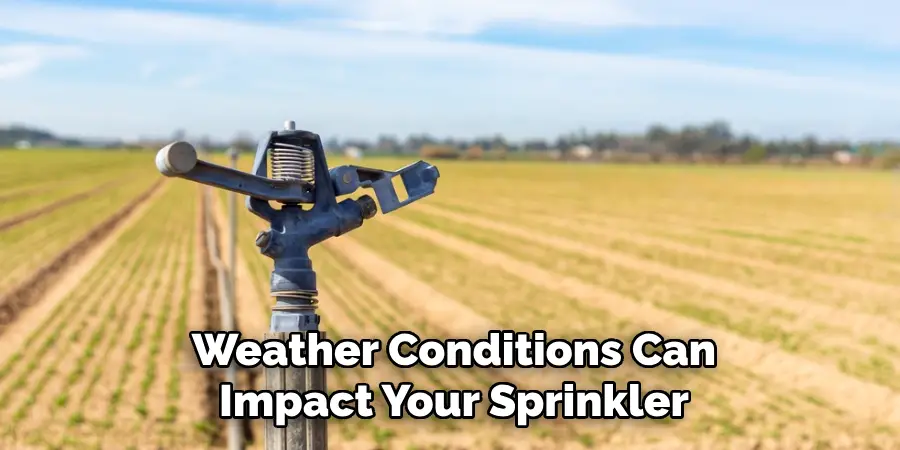
Conclusion
Maintaining your oscillating sprinkler is essential for ensuring effective watering and promoting the health of your garden or lawn. By regularly inspecting and servicing key components such as filters, water connections, gears, and the sprinkler head itself, you can prevent performance issues and extend the lifespan of your equipment. Thanks for reading, and we hope this has given you some inspiration on how to fix an oscillating sprinkler!

